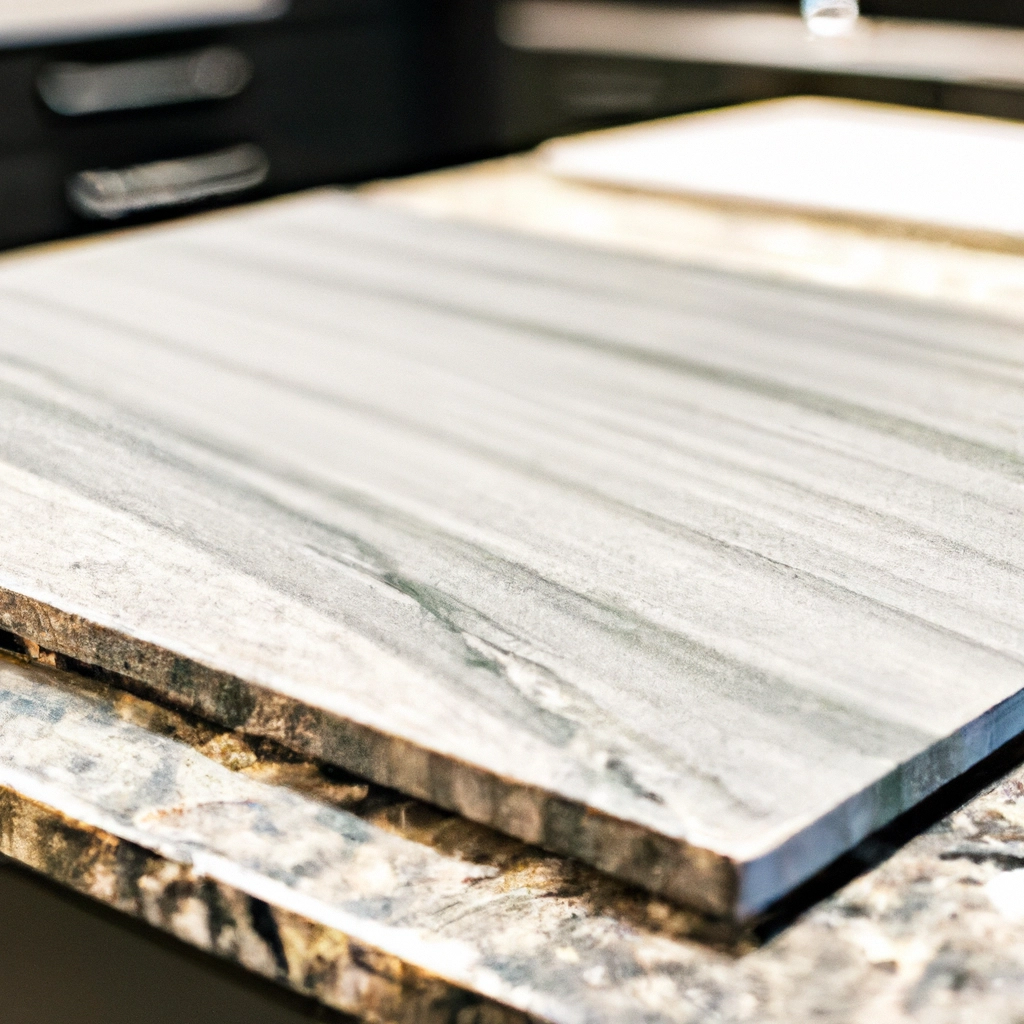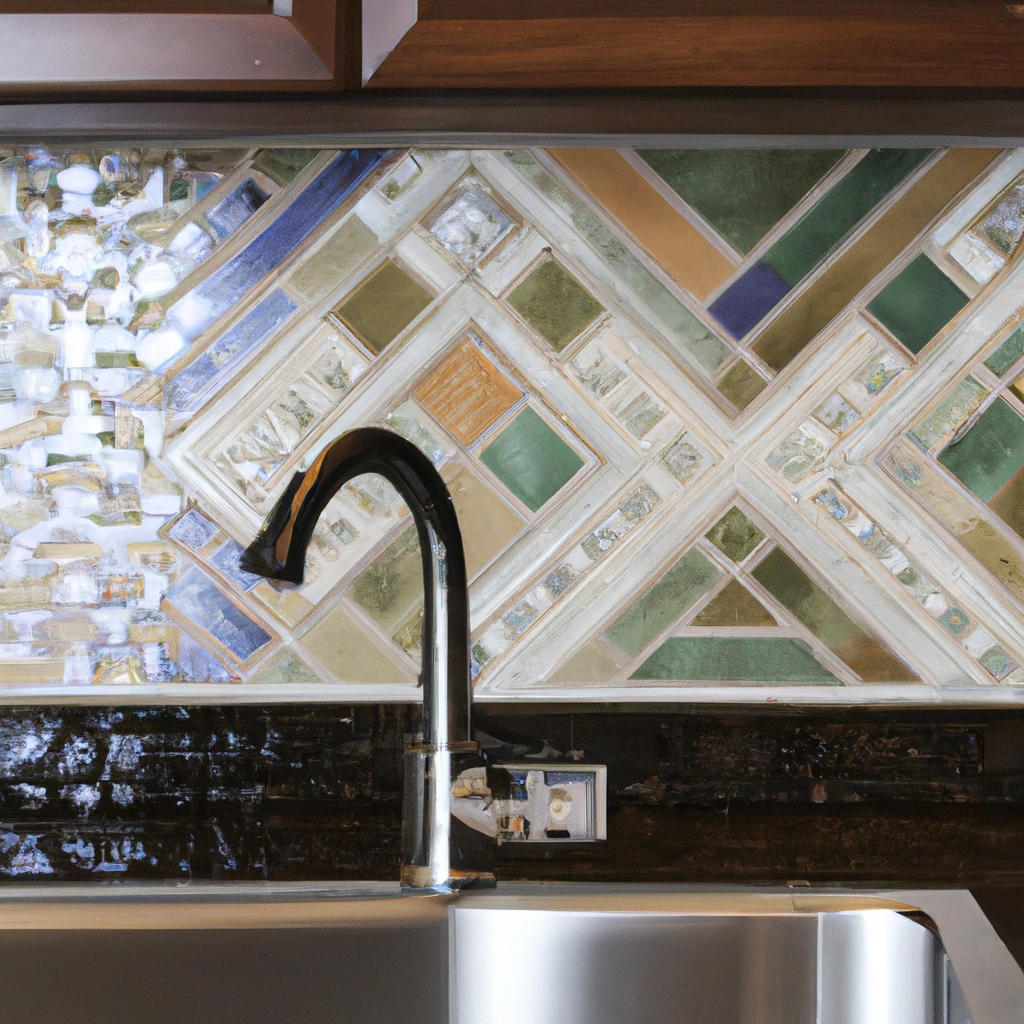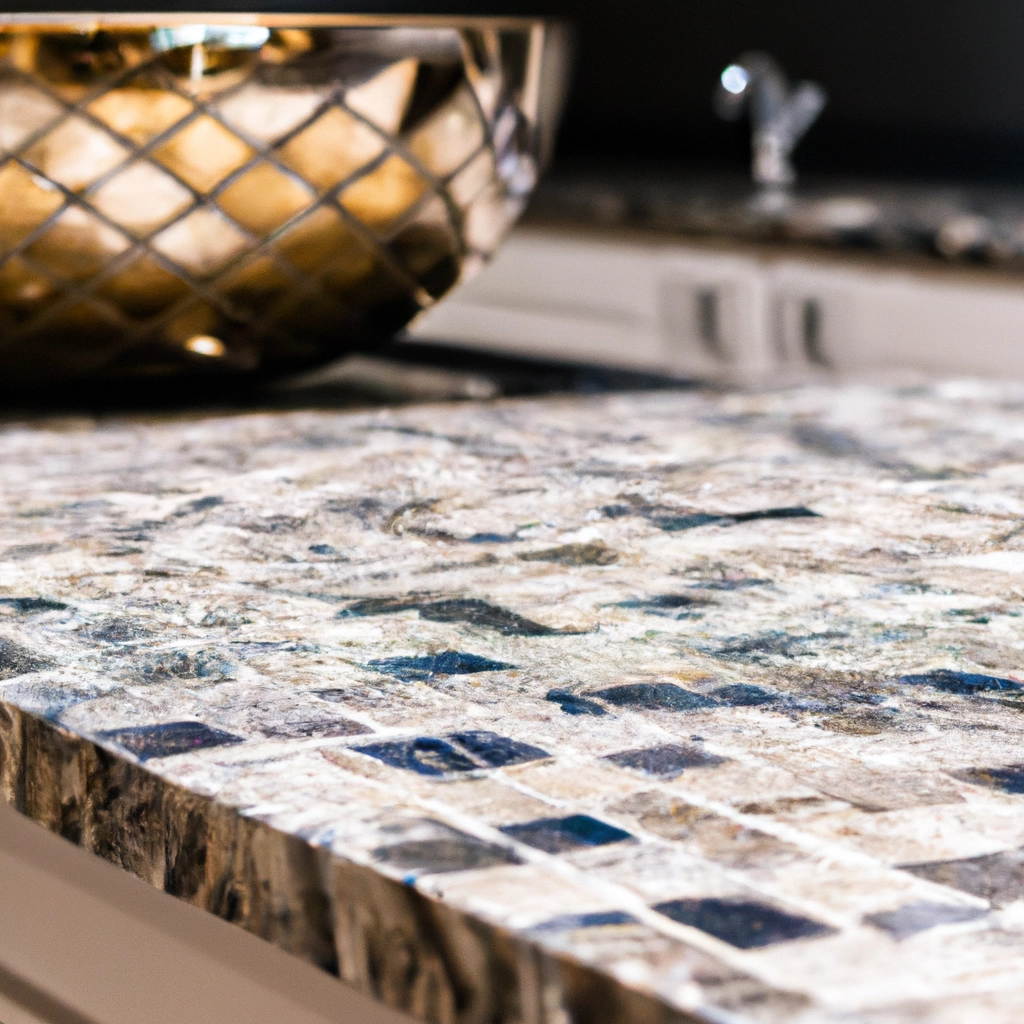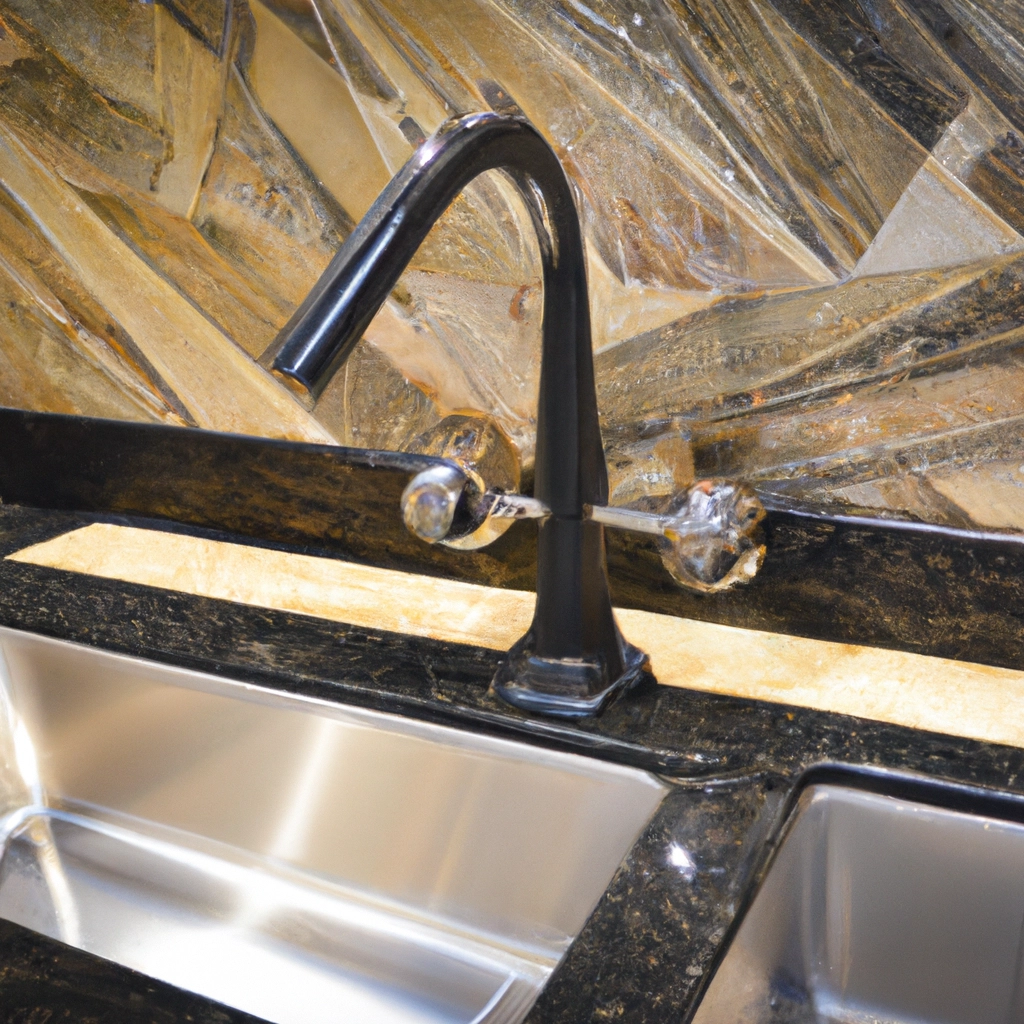There I was, standing in the middle of what felt like an endless sea of countertop options, scratching my head and wondering why the prices felt more suited to a luxury car than a surface on which to chop carrots. Kitchen countertops, it turns out, are a serious investment. In this piece, let’s slice and dice through the main reasons kitchen surfaces weigh so heavily on wallets.
Having navigated the treacherous waters of kitchen renovations myself, I understand the sticker shock that hits when you discover the cost of that perfect slab of stone. But as we’ll see, there’s a cocktail of factors that lead to these lofty price tags, from the raw materials to the final elegant touches of installation. Let’s embark on a countertop crusade that will help us appreciate why these kitchen centerpieces command such a premium.
No stone will be left unturned, excuse the pun, as we explore the curious case of costly countertops. A touch of insight from personal trials and triumphs might just make us more informed shoppers, or at least excellent conversationalists at the next neighborhood potluck.
Quality Materials Come at a Price
On my quest for the perfect kitchen surface, I quickly learned that countertops are like fine wines; the best ones come with stories of exotic origins and artisanal craftsmanship. The materials – think granite, quartz, marble – aren’t just dug up from any old backyard. They’re often sourced from remote quarries, each slab with its own unique vein patterns and color palettes, making them part of a limited edition by Mother Nature herself.
For instance, during my kitchen remodel, I discovered that granite is not just rock-hard in durability but also hard on the budget. Its resilience against scratches and heat make it a long-term companion in the kitchen dance, but fetching and refining these rocks is no small feat, a cost that pirouettes right onto your estimate.
Costly? Yes, but spending more on premium materials saves a bundle in future renovation blues. I think back to the first time I set down a hot pan on my quartz countertop without leaving a mark, and I can hear my wallet sigh in relief for the longevity that choice promised.
Labor and Installation Costs
The day my new countertops were due for installation was a scene to behold. A troupe of experts descended upon my kitchen with more measuring tapes and fancy tools than a space mission. Getting countertops to fit your space is precision work. It’s crafting, it’s artistry – and it doesn’t come cheap.
Remember, skilled labor is prized and rightly so. Each cut must be millimeter-perfect, the seams invisible – a symphony played out in stone. This expert touch ensures that the countertop won’t just look good on day one; it will array your kitchen in splendor for years to come, which is why the installation makes up a solid chunk of the bill.
Let’s not forget the minutiae either – the edge finishing, the sink cut-out, and possibly working around that awkwardly placed pillar. It’s a process that’s equal parts engineering and sculpture, an expense that becomes an investment in the heartbeat of your home.
Customization and Design Features
Standing in front of a color palette that would make Picasso envious, I realized that custom options for countertops are endless. Do you want a beveled edge, a rounded one, or perhaps you fancy an integrated sink? Each choice brings character and complexity – and a corresponding uptick in price.
Customization is alluring, making your kitchen a testament to your taste. For my space, opting for a breakfast bar extension not only added practicality but also a level of sophistication that became a conversation starter. However, those intricate details and personal flairs meant more man-hours, and in turn, more moolah from my savings.
Features like drain grooves or built-in cutting boards also come at a premium. Yet, these nifty add-ons can transform the countertop from mere surface to culinary workstation, enhancing the overall flow and functionality of your kitchen.
Market Demand and Trends
Ever notice how the price of something seems to hike up just as you’ve decided you ‘must have it’? That’s the ebb and flow of market demand and it’s no different for countertops. When a particular material or style becomes the ‘it’ thing, prices tend to follow the trend upwards.
With my thumb on the pulse of kitchen fashion, I’ve seen materials come in and out of vogue, each wave leaving a price tag in its wake. The industry thrives on this movement, and savvy consumers should be aware of how these currents will affect their budgets.
Moreover, it’s a game of supply and demand. Limited availability of exotic materials, or the emergence of a bespoke design, can easily dictate the scarcity premium applied to these already-posh products. Choosing the path less trodden in design often means walking a more expensive track.
Conclusion
So, there we have it—the complex concoction of costs that make kitchen countertops a luxury item in home improvement. It’s a blend of quality materials, precise labor, design flair, and the whims of market trends that spikes the expense.
Armed with this knowledge, we’re better equipped to make choices that marry both our budget and our culinary haven dreams. And while the price may be steep, remember that a countertop is not just a stage for your morning coffee mug; it’s the cornerstone of memory-making in the heart of your home.
In the end, it’s about balance. With informed decisions and a clear sense of your objectives, the high cost of kitchen countertops can translate into an investment that brings beauty, function, and joy for years to come. Don’t let the initial outlay deter you; think of it as the culinary canvas on which you’ll paint countless mealtime masterpieces.
Frequently Asked Question
-
What are the key factors that contribute to the high cost of kitchen countertops?
The high cost of kitchen countertops is primarily influenced by the material used, with natural stone such as granite and marble being more expensive than engineered stone or laminate. The size of the kitchen and the complexity of the countertop design also play a significant role in determining the cost. Additionally, the labor and installation charges, as well as the quality of craftsmanship, contribute to the overall expense. Furthermore, factors such as the location of the supplier, market demand, and any customization or special features required by the customer can impact the pricing of kitchen countertops. Considering these factors can help in understanding and managing the costs associated with kitchen countertop installations.



